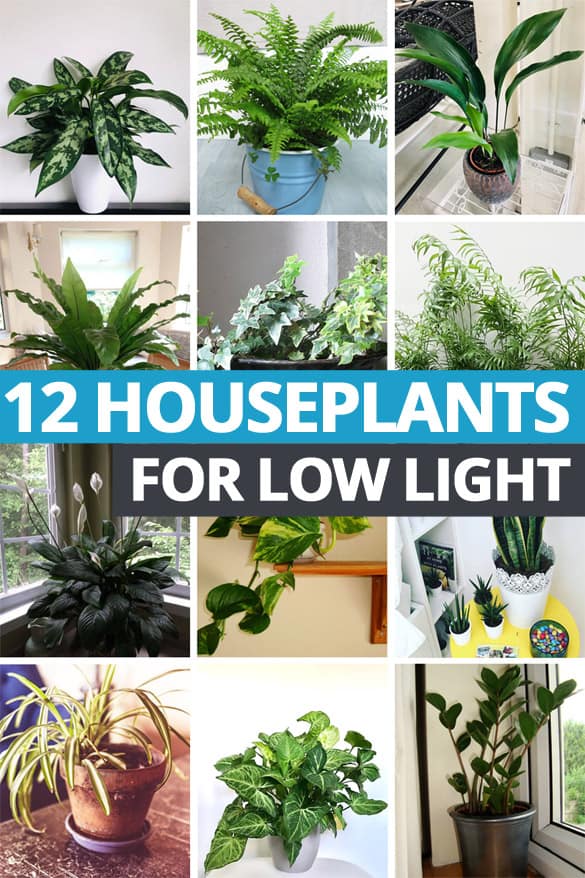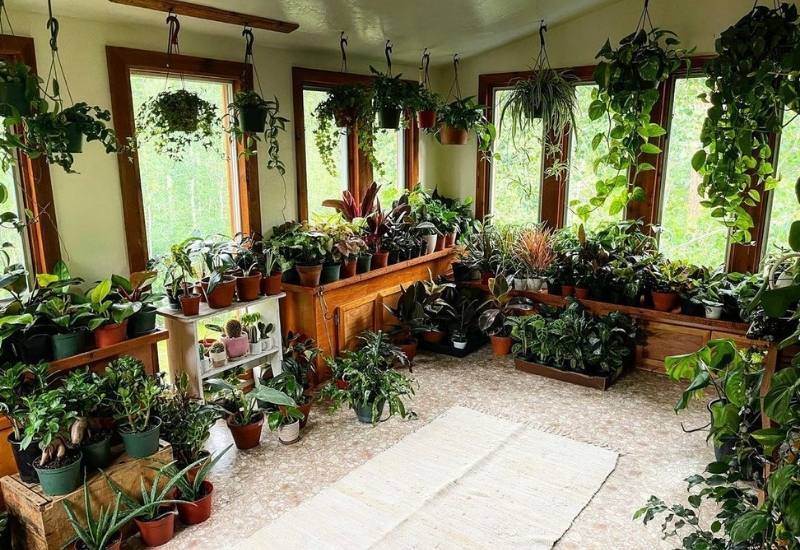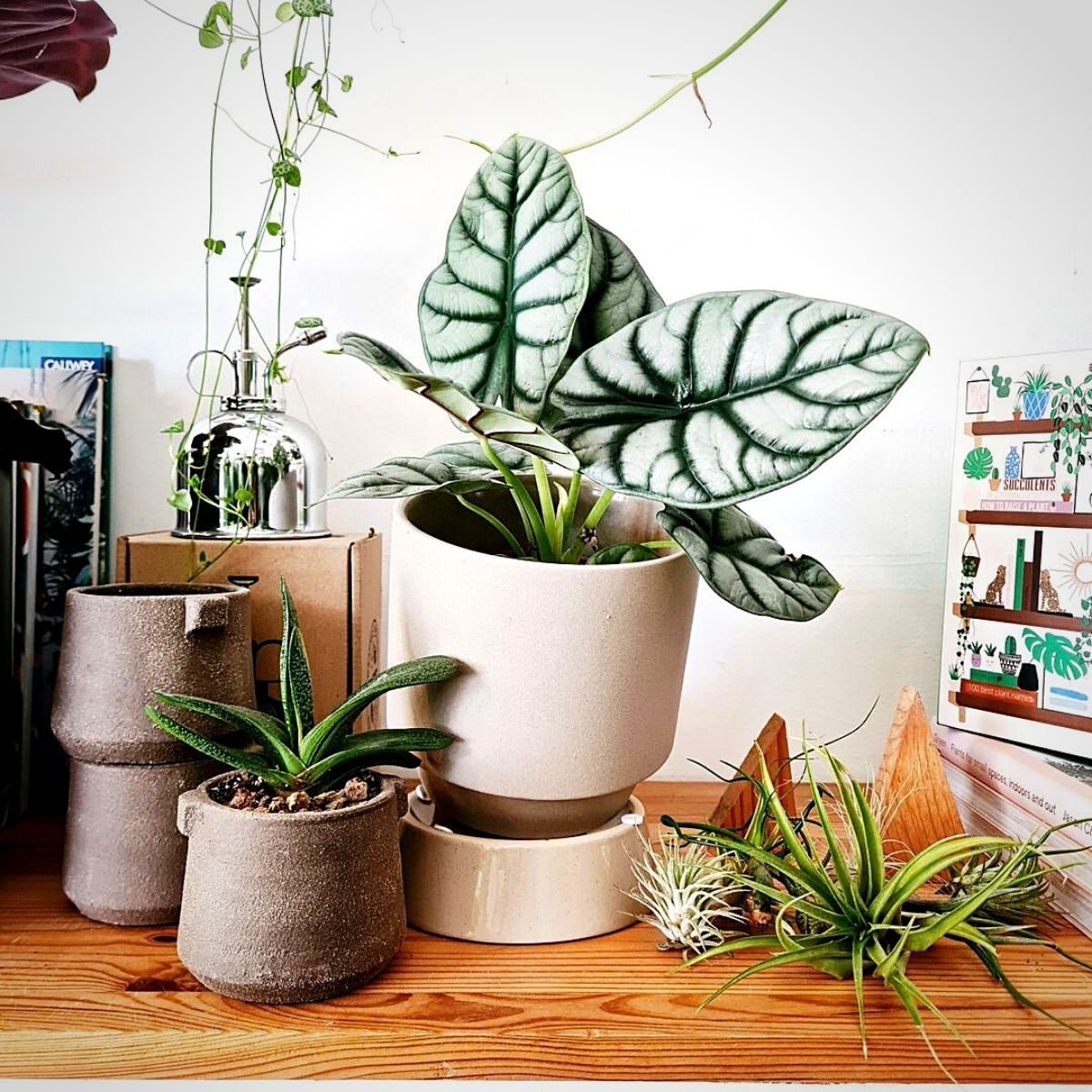Transform Your Living Space with the Best Low-Light Indoor Plants
Transform Your Living Space with the Best Low-Light Indoor Plants
Blog Article
Discover the Secrets of Low-Light Indoor Plants and Exactly How They Improve Your Environment
Low-light interior plants have garnered enhancing interest for their special capability to boost both aesthetic charm and ecological quality within homes and workplaces. These resilient species, including the Snake Plant and Peace Lily, not just grow in challenging illumination problems yet likewise play an essential duty in air purification and psychological wellness.
Benefits of Low-Light Indoor Plants
Although several individuals presume that interior plants call for bountiful sunlight to thrive, low-light interior plants supply a wide variety of benefits that make them ideal for numerous environments. One of the primary advantages is their flexibility; they can flourish in rooms with minimal all-natural light, such as offices, cellars, or rooms with little windows. This function enables individuals to enhance their surroundings with greenery, adding to improved aesthetic appeals without the demand for substantial illumination adjustments.
Moreover, low-light indoor plants can considerably improve interior air top quality by launching and filtering dangerous contaminants oxygen, making living spaces healthier. The existence of plants has actually been linked to higher sensations of tranquility and focus.
Furthermore, low-light plants often need much less maintenance than their sun-loving counterparts, making them perfect for active individuals or those new to horticulture. Their resilience permits them to love marginal intervention, thus providing a fulfilling experience for plant lovers and newbies alike. In recap, low-light interior plants serve both aesthetic and practical functions, making them valuable enhancements to any space.
Leading Low-Light Plant Selections
Low-light indoor plants can be found in a selection of species, each offering unique qualities and advantages fit for dark atmospheres. Amongst the most preferred selections is the Serpent Plant (Sansevieria), known for its building fallen leaves and air-purifying capabilities. This resilient plant prospers on neglect and can endure a large range of light conditions.
An additional outstanding choice is the ZZ Plant (Zamioculcas zamiifolia), which features shiny, dark eco-friendly leaves and is highly drought-tolerant. Its versatility makes it a favorite for workplaces and homes with restricted sunlight.
The Pothos (Epipremnum aureum) is likewise a leading contender, with its trailing creeping plants and heart-shaped leaves - Best low-light indoor plants. This flexible plant can be educated to climb or waterfall, including aesthetic rate of interest to any type of space

Treatment Tips for Low-Light Plants
Looking after low-light indoor plants calls for a nuanced understanding of their details requirements to make certain optimum development and vigor. First, it is essential to choose the appropriate potting mix, as a well-draining dirt is critical to prevent root rot. A blend developed for houseplants, usually containing peat moss and perlite, works well for the majority of low-light ranges.
Watering is one more essential element of care. Low-light plants generally need much less regular watering contrasted to their sun-loving equivalents.
Fertilization must be approached with caution. Throughout the expanding season, a diluted liquid plant food can be used monthly, but in winter season, numerous low-light plants go into dormancy and call go to this website for little to no fertilizing.
Last but not least, it's vital to regularly cleanse the leaves to remove dust, permitting for far better light absorption. By sticking Learn More to these care ideas, you can cultivate a growing setting for your low-light indoor plants, enhancing both their appearance and longevity.
Enhancing Air High Quality With Plants
Interior plants play a significant function in enhancing air top quality within homes and workplace. Via the process of photosynthesis, these plants soak up co2 and release oxygen, adding to a much healthier environment. In addition, particular low-light interior plants possess the capability to filter harmful pollutants, such as formaldehyde, benzene, and trichloroethylene, which are frequently found in interior settings.

In addition, the visibility of indoor plants can raise humidity degrees, which helps ease completely dry skin and respiratory problems, better boosting general well-being. This capability to boost air high quality not just advertises physical health and wellness but additionally sustains psychological wellness.
Integrating low-light interior plants right into your living and working spaces can result in an extra invigorating and dynamic setting (Best low-light indoor plants). Spending in these natural air purifiers is an easy yet reliable technique for enhancing interior air top quality and fostering a much healthier way of life
Creating a Peaceful Indoor Room
The combination of plants right into living spaces not just have a peek at this site boosts air high quality however also contributes to a peaceful environment. Low-light interior plants, such as snake plants and pothos, are especially reliable in developing a serene atmosphere, as they prosper in conditions that might or else be inhospitable for various other plant. Their lush foliage gives a soothing aesthetic, decreasing tension and advertising relaxation.
Incorporating these plants into your office or home can stimulate a feeling of tranquility and well-being. Tactically putting them in locations where you spend significant time, such as living offices or spaces, enables an immersive experience with nature, which has actually been revealed to enhance mood and cognitive function.
In addition, the mild movement of fallen leaves in response to air flow can create a dynamic visual aspect that enhances the total atmosphere. Consider using a range of plant heights and appearances to include deepness and interest to your room. With thoughtful placement and care, low-light indoor plants can transform any area into a tranquil haven, fostering not only aesthetic contentment but also emotional and mental wellness.

Final Thought
Integrating low-light indoor plants right into various environments returns significant advantages, including boosted air high quality and improved aesthetic appeal. The transformative power of low-light plants emphasizes their worth in boosting both property and occupational settings.
Although several people presume that interior plants require abundant sunshine to thrive, low-light interior plants offer a wide range of benefits that make them optimal for numerous atmospheres.Moreover, low-light indoor plants can substantially enhance interior air top quality by filtering damaging toxic substances and releasing oxygen, making living spaces healthier. Furthermore, specific low-light indoor plants possess the capability to filter damaging contaminants, such as formaldehyde, trichloroethylene, and benzene, which are commonly discovered in interior settings.
Low-light indoor plants, such as serpent plants and pothos, are specifically effective in producing a calm setting, as they flourish in problems that may or else be unwelcoming for various other plant.Integrating low-light indoor plants into different atmospheres returns significant benefits, consisting of enhanced air top quality and improved aesthetic allure.
Report this page